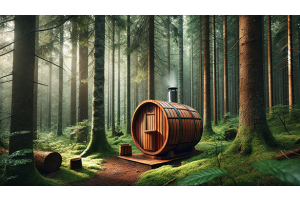What is the difference between an outdoor sauna and an indoor sauna?
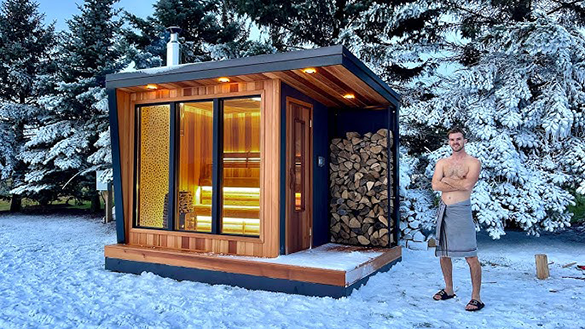
We explain how the choice in the location of your sauna will help you decide whether to go for an outdoor sauna or an indoor sauna.
Here are the key differences:
Location:
Outdoor Sauna: Installed outside the main living structure, often on the patio, or in the garden.
They can be free-standing structures or custom-built cabins.
Indoor Sauna: Built inside a home, typically in a bathroom, garage, basement, or a dedicated wellness room.
Space constraints and integration with the other rooms in your home are both important considerations.


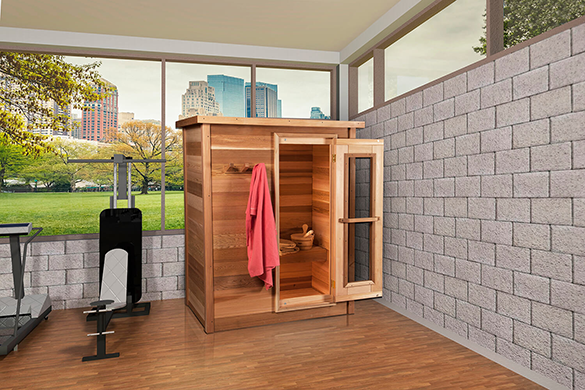

Design and Construction:
Outdoor Sauna: Often designed to handle a wide range of weather conditions, using durable, weather-resistant materials.
They generally have additional insulation to protect against temperature fluctuations and moisture from rain or snow.
Indoor Sauna: Generally integrated with existing interior spaces, often using traditional wood materials like Cedar, Pine, Thermowood or Hemlock.
Construction may focus more on aesthetics and complementing the home’s interior design.
Climate Control:
Outdoor Sauna: May require additional considerations for temperature regulation due to external weather conditions, such as more substantial insulation and weatherproofing.
Indoor Sauna: Generally easier to control and maintain consistent warmth due to the indoor environment's stability, benefiting from the home's insulation and surrounding climate controls.


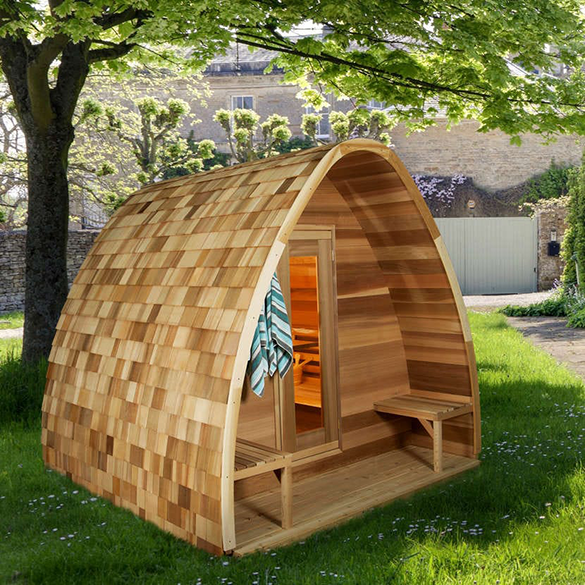

Installation and Connectivity:
Outdoor Sauna: Requires consideration for electrical and water hookups, as these need to be weatherproof and conform to outdoor standards. Wood fired outdoor saunas options are available and these do not require a power supply from a circuit board,
Indoor Sauna: Simpler to connect to household utilities, and often shares existing home water and electrical lines.
However, it may need more ventilation systems to manage humidity and avoid moisture problems within the house.
Space and Accessibility:
Outdoor Sauna: Typically offers more flexibility concerning size and layout since they can be designed as separate buildings.
They can be placed in scenic areas for added relaxation benefits.
Indoor Sauna: Space might be limited to existing room dimensions.
However, having it indoors offers easier accessibility during colder weather and enhances the convenience of integrating into daily routines.


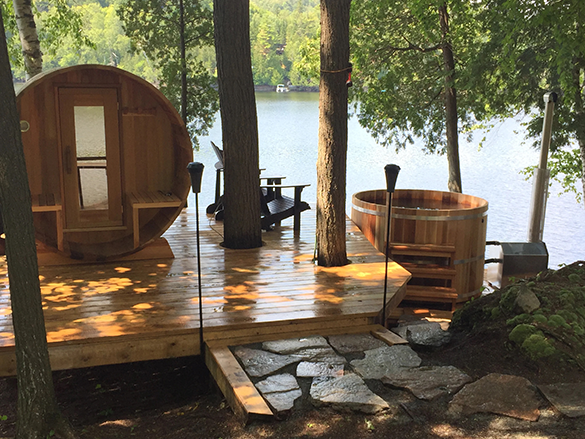

Aesthetic and Environment:
Outdoor Sauna: Can enhance outdoor living spaces, often enjoyed for the views and connection with nature.
The style can range from rustic to modern, depending on preferences.
Indoor Sauna: Can be styled to match the home’s interior aesthetics and add a luxurious touch to a hot tub-like bathroom or recreation area.
Health Benefits:
Both infrared and traditional saunas are available as an indoor or outdoor option.
Both provide similar health benefits, including relaxation, muscle relief, improved circulation, and detoxification through sweating.
However, studies suggest that traditional saunas, using heat and steam, help with pain relief of joints and muscles, improve the respiratory system and cardiovascular health. The intense heat and steam also helps the body produce white blood cells faster, which helps to fight respiratory viruses and allergies.
While infrared saunas, using a more gentler heat, enhances detoxification, and by lowering blood pressure helps reduce inflamation, relieving pain relief of joints due to lowering the body's blood pressure and through a deeper tissue penetration.
It's important to remember personal preferences and tolerability when choosing the type.


Whether to choose an outdoor or indoor sauna often depends on personal preferences, property space, and specific lifestyle considerations.
Some might prefer the idea of enhancing an room in the home or the convenience and comfort of an indoor sauna, others may want to landscape their garden environment or prefer a connection to nature with an outdoor sauna.
Icon link coutesy of: Building a MODERN SAUNA





